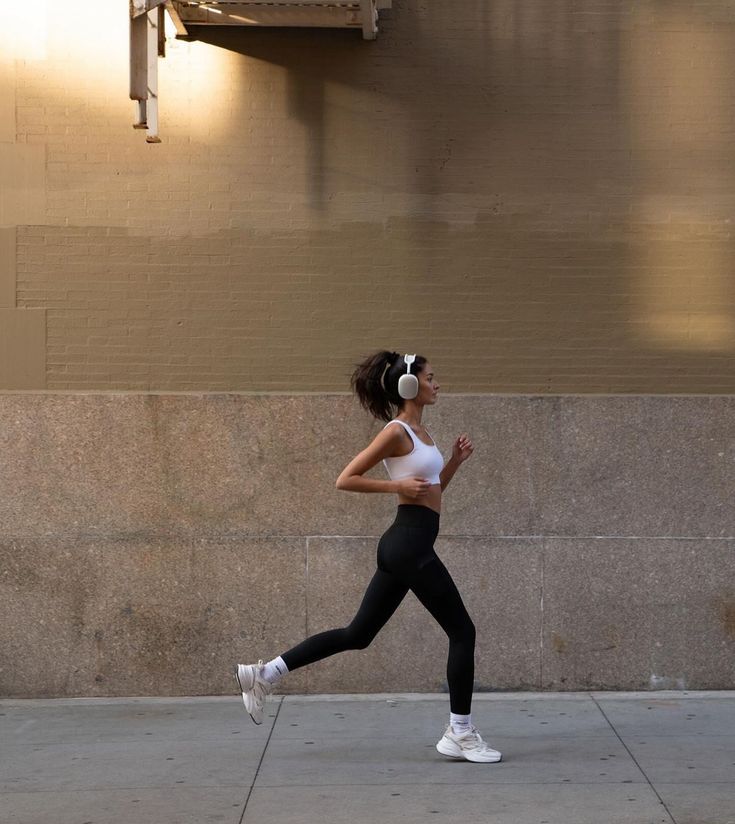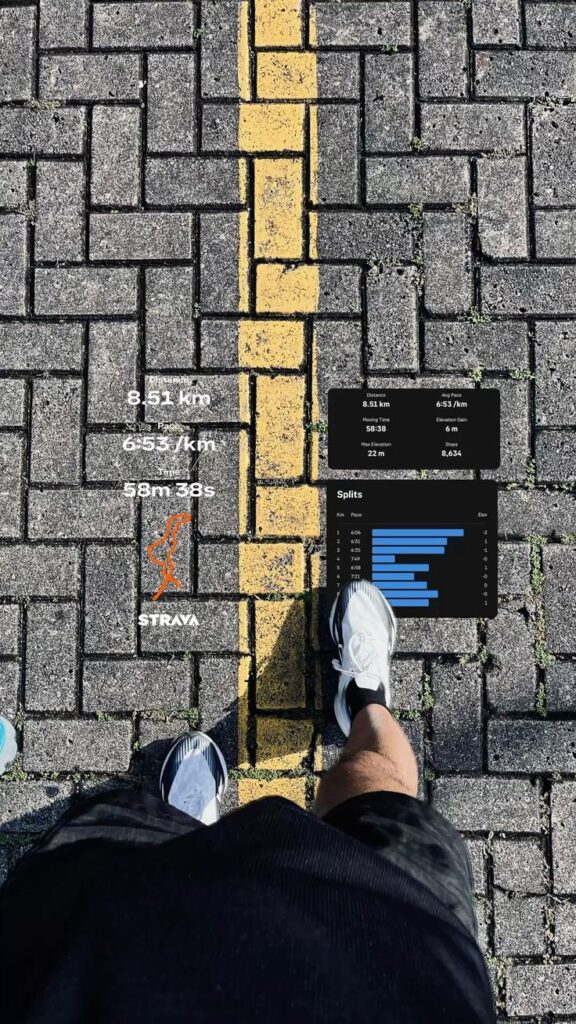When it comes to cardio, few activities are as popular and accessible as walking and running. Both get your heart pumping, both can improve your health, and both are free. But if your primary goal is weight loss, the inevitable question arises: which one burns more calories—walking or running?
In this article, we’ll break down the science behind calorie burn, explore the pros and cons of each activity, and help you decide which is better for your lifestyle and fitness goals.



Key Takeaways
- Running burns more calories per minute than walking, making it the faster option for weight loss.
- Walking is lower-impact, easier to sustain daily, and can add up to a significant calorie deficit over time.
- The best choice depends on your goals: efficiency vs sustainability.
- Combining walking and running can balance calorie burn, recovery, and long-term consistency.
- Both activities improve cardiovascular health, mood, and overall fitness.
Walking and Calorie Burn
Walking is often underrated, but it’s an excellent low-impact exercise. The number of calories you burn while walking depends on your speed, body weight, and terrain.
- A 150-pound person walking at 3.5 mph burns about 300 calories per hour.
- Walking uphill or at a brisk pace increases calorie burn significantly.
- It’s easier to sustain longer sessions of walking compared to running, which adds up to more overall calories burned in some cases.
Walking is particularly beneficial for beginners, people with joint issues, or anyone seeking a sustainable daily habit.



Running and Calorie Burn
Running is one of the most effective calorie-burning exercises available. Because it requires more energy per minute than walking, you’ll typically burn calories faster.
- A 150-pound person running at 6 mph burns about 600 calories per hour.
- Interval training or sprints increase calorie burn and trigger the afterburn effect, where your body continues to burn calories post-workout.
- Running improves cardiovascular capacity, endurance, and mental resilience.
The downside? It’s harder on your joints and may require longer recovery times compared to walking.
Walking vs Running: Side-by-Side Comparison
| Factor | Walking | Running |
|---|---|---|
| Calories Burned (150 lbs person) | ~300/hour at 3.5 mph | ~600/hour at 6 mph |
| Impact on Joints | Low-impact, gentle on knees and hips | High-impact, more stress on joints |
| Sustainability | Easy to maintain daily, low fatigue | Harder to sustain daily without recovery |
| Best For | Beginners, injury recovery, daily habit | Fast calorie burn, endurance building |
| Extra Benefits | Reduces stress, supports longevity | Improves VO₂ max, boosts metabolism |


Which One Should You Choose?
The better option depends on your goals:
- For fast calorie burn: Running wins.
- For sustainability and lower injury risk: Walking is best.
- For overall balance: A combination of both may help you stay consistent while maximizing results.
Other Health Benefits to Consider
- Walking: Lower stress on joints, reduces risk of chronic illness, easier to stick with daily.
- Running: Improves cardiovascular capacity, builds stronger bones and muscles, enhances mental resilience.
Ultimately, the best exercise is the one you’ll do consistently.
Sample Workout Plan: Walking + Running Combo
If you’re not sure whether to choose walking or running, why not combine both? Mixing the two can maximize calorie burn, reduce injury risk, and keep your workouts interesting.
Here’s a 7-day walking and running schedule you can adapt to your fitness level:
Beginner-Friendly Plan
- Day 1 – Power Walk (40 minutes) at brisk pace (3.5–4 mph).
- Day 2 – Run/Walk Intervals (30 minutes): alternate 1 minute jogging with 2 minutes brisk walking.
- Day 3 – Recovery Walk (20–30 minutes): light pace, focus on relaxation.
- Day 4 – Continuous Jog (20 minutes) at comfortable pace.
- Day 5 – Long Walk (60 minutes) outdoors or on treadmill.
- Day 6 – Interval Running (25 minutes): alternate 2 minutes run with 1 minute walk.
- Day 7 – Rest or Gentle Walk (20 minutes) to support recovery.
Intermediate/Advanced Plan
- Day 1 – Steady Run (30 minutes) at moderate pace.
- Day 2 – Speed Intervals (30 minutes): 3 minutes fast run, 2 minutes walk, repeat.
- Day 3 – Power Walk (45 minutes) with hills or incline treadmill.
- Day 4 – Long Run (40–50 minutes) at steady pace.
- Day 5 – Active Recovery (20 minutes walk).
- Day 6 – Tempo Run (30 minutes): push pace slightly faster than usual.
- Day 7 – Rest or Light Walk (20 minutes).
This type of hybrid routine gives you the best of both worlds: the calorie-burning efficiency of running and the sustainable, joint-friendly benefits of walking.



FAQ: Walking vs Running
1. Does walking burn fat as effectively as running?
Yes, walking burns fat effectively, especially when done consistently and for longer durations. Running burns more calories per minute, but walking is easier to sustain daily.
2. Is running better for weight loss than walking?
Running is generally more effective for weight loss because it burns more calories in less time. However, walking can deliver similar results if done longer and more consistently.
3. Is walking safer for joints than running?
Yes, walking is low-impact and much gentler on joints, making it the better choice for those with knee, hip, or back issues.
4. Can I combine walking and running in one workout?
Absolutely. Alternating between walking and running (like interval training) is an excellent way to boost calorie burn, improve cardiovascular health, and stay motivated.
Conclusion
So, walking vs running—which burns more calories? Running burns more per minute, but walking can match or even exceed the calorie deficit if you do it longer and more consistently.
Both are excellent for improving health, supporting weight loss, and building endurance. The most important factor is not which burns more in theory—but which one you’ll stick with consistently.




